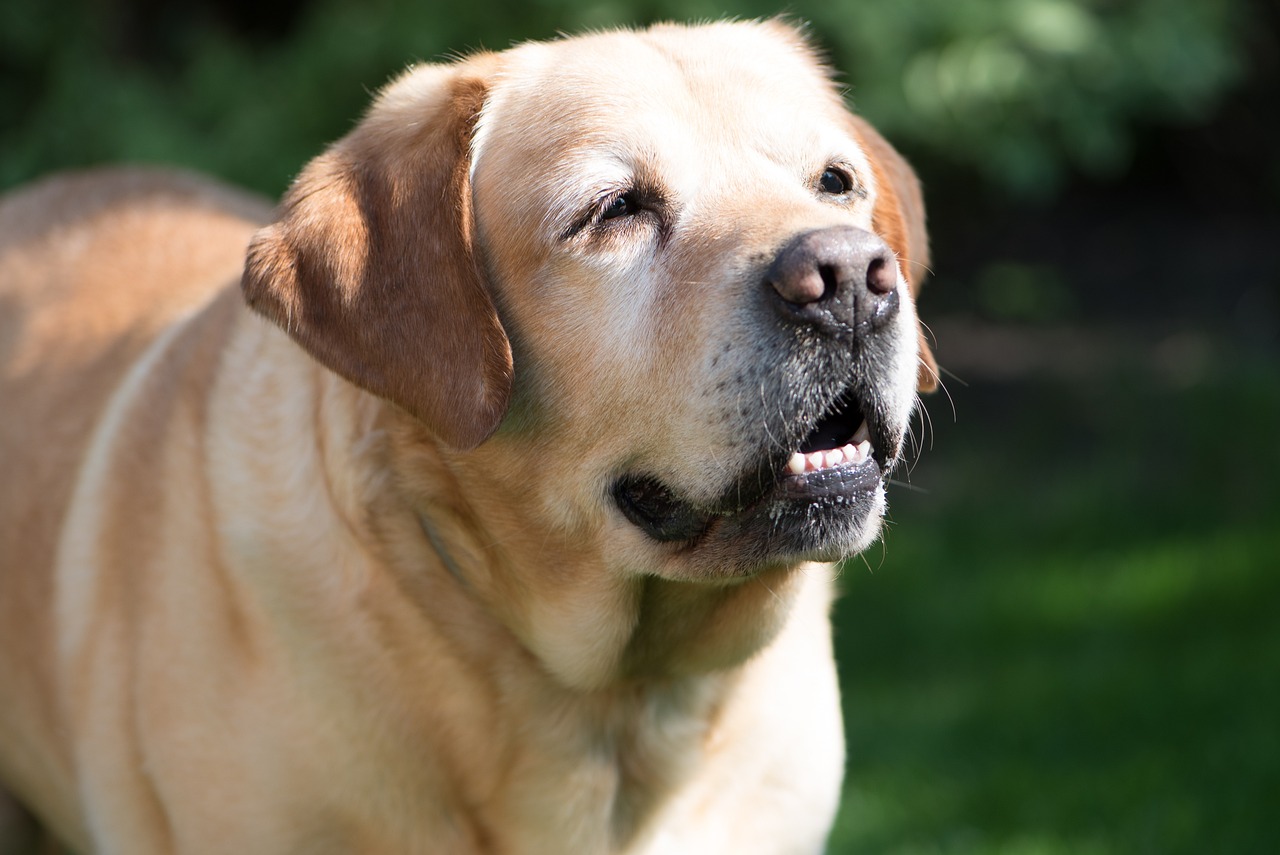There’s no easier way to bring joy into your life than adopting a dog. It only takes a few good cuddles, some treats, and a tennis ball, and you’ve got an instant best friend.
If we had any say, they’d be around forever. But the hard part about being a pet parent is watching your buddy grow old.
Dogs exist on a different timeline from us, and as they age, it can feel like an abrupt change. If you’re struggling to understand your pup’s needs and don’t know what to look out for, keep reading.
We’ll explain all the things you need to know to make sure your elderly dog remains happy and healthy.
Vet Checkups and Pet Insurance
As your dog ages, vet checkups will become more important than ever. Your vet will be able to keep tabs on your dog’s vitals and behavior. The earlier they can spot changes, the easier it will be to prevent illness, ease symptoms, and prepare for the future.
Some pet parents try to avoid the vet as much as possible for a few reasons. For one, it can be stressful for your dog. However, some mobile vets can make home visits so that your dog doesn’t have to leave the space they’re familiar with. They can also offer anxiety medication to settle your dog’s nerves.
Another common reason for skipping vet checkups is because of the cost. Trust us, we get it. Visits can add up. However, it’s always better to be safe than sorry, and emergency vet trips that could have been prevented are far more expensive and stressful.
We suggest getting set up with pet insurance, which will only run you around $20-40 per pet every month. These plans can cover routine checkups, vaccines, medications, and necessary surgeries or procedures.
Appropriate Exercise
After the puppy phase, your dog will start to slow down and mellow out. They’ll begin to tire quicker. This doesn’t mean you should start skipping walks, but it does mean you should let your dog set the pace.
If you notice your dog getting tired and panting or coughing, slow down and take a break. Next time, choose a shorter or less demanding route. Even just a few minutes of regular exercise a day can help your dog’s joint, heart, and lung health.
Regular walks will also help them maintain a healthy weight, beat boredom, and relieve stress.
Regular Grooming
Dog fur becomes coarser as they age. If your dog has a long or double coat, this can result in painful matting and dirt becoming trapped near the skin. They may also suffer from dry and flaky or irritated skin. This means they’ll need a little extra help in the grooming department.
Make sure you brush your dog every day to keep their coat untangled and free of dirt. If you don’t have all the tools at home, schedule regular grooming appointments to keep their coat trimmed up and in good shape.
If your dog suffers from incontinence or dietary issues, you may have to bathe them more often. Use gentle, hydrating shampoos and conditioners specifically formulated for dog fur to avoid worsening dry or irritated skin.
Diets/Supplements
Your dog’s dietary needs will change as they mature. Diets for senior dogs should have less calories and a higher protein content. If your dog suffers from incontinence or indigestion, reach out to your vet and ask if it’s time to switch to a new diet.
Your vet may also recommend supplements like vitamin B complex to improve energy levels and increase appetite for elderly dogs refusing to eat. Antioxidants like vitamin E are helpful for reducing the negative health effects of aging and omega fatty acids are helpful for joint and coat health.
Refer to your veterinarian to pinpoint your pup’s unique needs.
Block Off Stairs and Other Hazards
With old age comes the deterioration of eyesight and coordination. You may notice your dog taking longer to recognize you when you come through the door, running into things, missing a step, and generally being more prone to clumsiness.
They will be more fragile in their older years and will need extra supervision. If you live in a house with stairs, it may be time to confine your dog to a part of the house that doesn’t have stairs using a baby gate to avoid them stumbling and falling.
If you have a pool in your backyard, you may want to consider getting some form of fencing to keep them from falling in as well. Your dog may also have more trouble jumping high distances, so it’s a good idea to buy dog ramps for the porch, couch, or bed.
Pay Attention to Their Behavior
Dogs don’t express their discomfort and pain like humans do. It’s important to pay attention to changes in their behavior to ensure that they are still healthy and happy.
Some signs that your dog needs a checkup can be obvious, such as yelping when they’re touched in a certain spot, whining, irritability/uncharacteristic aggression, refusing to eat, trembling, or limping.
Other signs can be harder to link to pain or other symptoms, such as excessive licking, less interest in play time, and slowing down their movements.
In general, if you notice your dog acting in any way that is contrary to their normal routine or nature, it’s time to contact a vet. Don’t wait until you see the more obvious signs; it could already be too late and your dog may be in pain.
Be Gentle With Them
When you’re used to playing and wrestling with your dog in the grass all day, it can be hard to break habits as they become less active and able. However, it’s important to pay attention to what your dog can no longer handle as they grow older to avoid injury.
If you have children, keep a watchful eye out to make sure they’re not playing rough with your dog, tugging their tail, etc. Teaching your child to be gentle will stop your dog from getting injured or lashing out at your child if they’re in pain.
If your dog is small and you often pick them up, make sure you’re handling them with caution and supporting their rear end. If they yelp or try to squirm out of your arms, avoid picking them up as much as possible until your vet can see them.
Consider Whether It’s Time to Say Goodbye
This is the part we’d rather not think about, but it’s just as important as the other items on this list. As much as we love our fluffy friends, we have to know when to say goodbye.
If your dog is in constant pain and has a diminished quality of life where they can’t do any of the things they used to love doing, it may be time to speak to your vet about laying them down to rest.
Some mobile vets can perform euthanasia services. They can offer anxiety and pain medication to ensure your dog is comfortable. This way, your dog won’t be anxious—they’ll be surrounded with the familiarity of home and the family they love. You’ll get to feed them their favorite treats, hold them, and comfort them as they cross the rainbow bridge.
Your pup is lucky to have someone like you to take care of them in their old age. We hope this article has helped you prepare for their twilight years and thank you for being a compassionate pet parent. We hope you get to enjoy many more years together!
Connect with local veterinarians in your area.



